Your monthly checklist of the top gardening jobs in February. Our expert tips and advice will help your garden flourish this February.
Fruit & Veg
Prepare to plant.
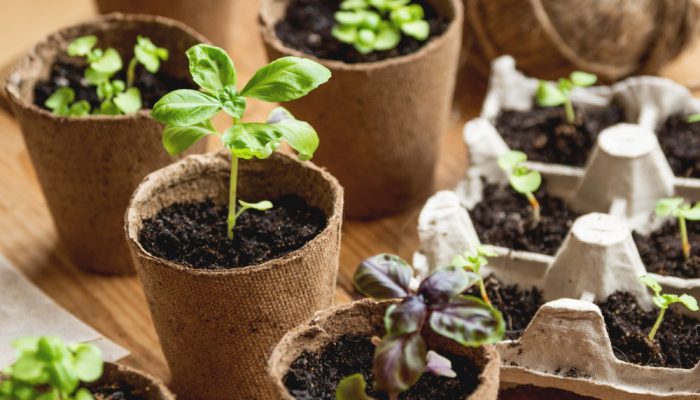
- Organise your seeds in date order. File your seed packets by month to make sowing easier. Check if old seed packets are worth keeping. Sow a few seeds on damp kitchen paper. Wait a few days to see if they germinate.
- Start preparing your seed beds. Prepare your beds and warm up the soil using cloches, fleece or polythene. Make sure the ground isn’t frozen when doing so.
- Place cloches, or fleece over strawberry plants to encourage an early crop.
- Weed your vegetable beds, then cover them with plenty of garden compost.
- Mulch fruit trees with compost or well-rotted manure, try not to mulch against the trunk. Sprinkle sulphate or potash fertiliser around fruit trees and bushes to encourage fruiting.
Start sowing seeds.
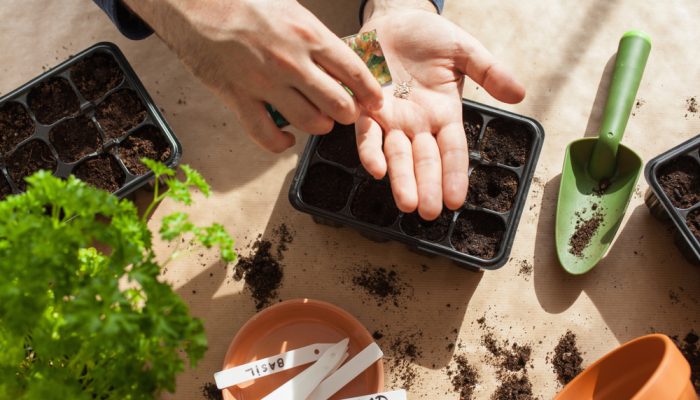
- Sow tomato and cucumber seeds for greenhouse growing, from mid-February onwards.
- Sow mustard and cress in a seed tray placed on a warm windowsill.
- If you have light (sandy) soil and live in a mild part of the UK, you can sow carrots, parsnips, salad onions, broad beans, early beetroot, radishes, lettuces, peas, spinach and summer cabbages outside under cloches. If temperatures are too cold, wait until the soil has warmed up.
Begin the planting process.
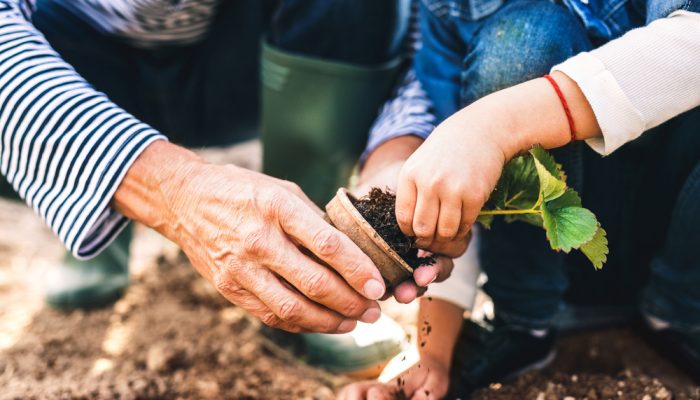
- If you have light (sandy) soil and live in a mild part of the UK, you can plant out garlic and shallots. Heavy soils need longer to warm up.
- In warmer soils, bare-root fruit bushes, trees and canes can be planted.
- Rhubarb can be planted in enriched soil, or lift and divide any established clumps.
- To prepare potatoes, ‘chit’ the potatoes by placing in a tray and leaving them in a light, warm place. They are ready for planting when the sprouts have reached 2cm in length, which will take approximately 4–6 weeks.
Flowers
Start pruning.
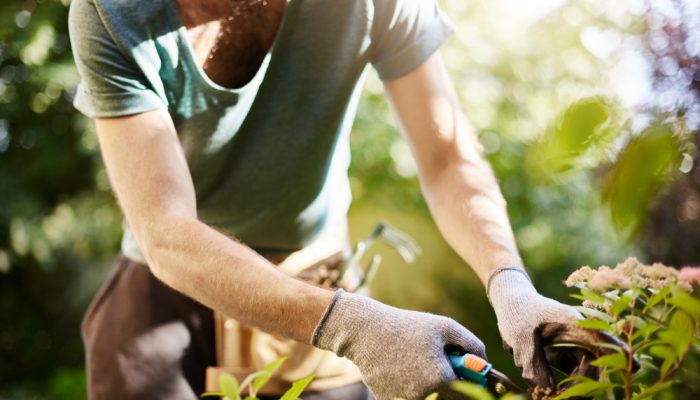
- Prune wisteria by cutting back summer sideshoots to 2/3 buds.
- Prune winter-flowering jasmine after flowering to 5cm from the old wood, to encourage more growth next year.
- Prune winter-flowering shrubs such as mahonia and cornus.
- Prune summer-flowering clematis towards the end of February, before active growth starts.
- Prune your rhododendron before active growth.
- Prune climbers and winter-flowering heathers after their flowers have faded.
- Prune over-wintered fuchsias back to 1/2 buds on each shoot.
Monitor and improve the soil.
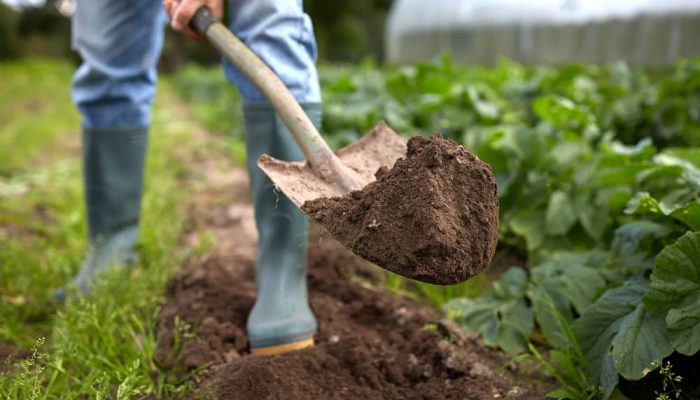
- Test your soil’s PH and nutrient levels, to help you choose any new additions to your garden, or rectify any nutrient deficiencies.
- Clear weedy beds before mulching. Mulch with organic matter to help condition the soil and prevent weed growth. Lighter soils can be mulched now, heavier soils are to be mulched in March.
- Improve the drainage of heavy soils by working in organic matter.
- Prepare beds for new roses, avoid wet and frozen ground.
- Top dress beds and borders towards the end of February, with a balanced fertiliser to feed your perennials.
Plant and enjoy your bulbs.
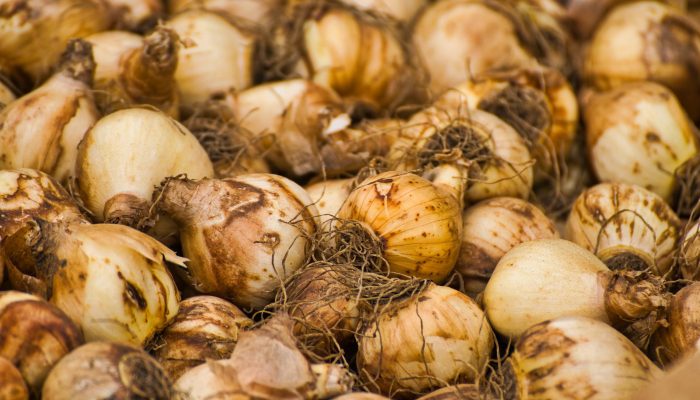
- Order summer flowering bulbs (gladioli, bearded irises pom-pom alliums and crocosmia) to plant in the spring.
- Start planting summer bulbs in pots indoors, including liatris, begonias, gloxinias, lilies, eucomis and agapanthus.
- Place any pots of bulbs that you forced indoors outside. Cut the flowers heads off and feed using a high potash feed. Plant them in spring without forcing them again.
- Snowdrops flower in February/March, let us know how yours have faired in the comments below!
- Weed, trim and tidy the grass in areas you have planted spring bulbs. Use a kneeling pad to help spread your weight.
Greenhouse
Clean the greenhouse.
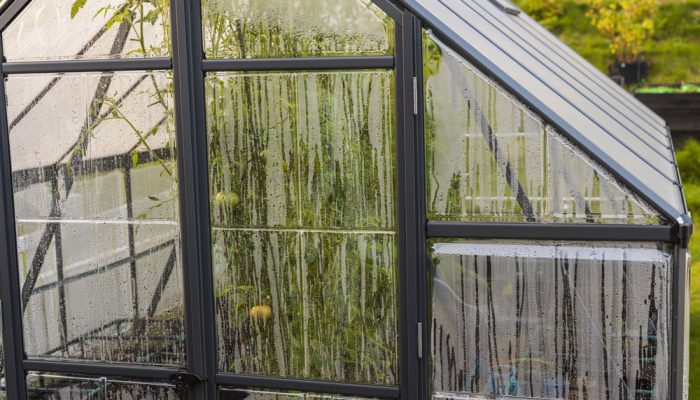
- Wash the greenhouse glazing both inside and outside, helping to improve the light levels. Try using the new 3-in-1 Nozzle for optimum cleaning results.
- Take some time to tidy your pots, trays and the staging area.
- Monitor greenhouse temperature by using a max-min thermometer.
Inside the greenhouse.
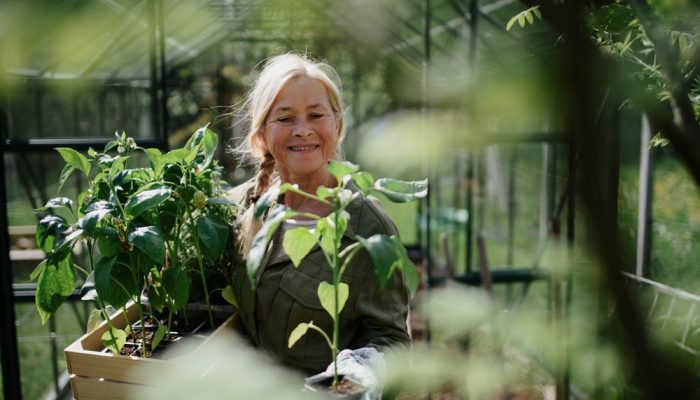
- Remove any faded or yellowing leaves from overwintering plants, to prevent fungal diseases.
- Grow tomato and aubergine plants from mid-Feb in the propagator, potting them up once they are strong enough to be handled.
- Some summer cabbage varieties can be sown in late February.
- Lettuce, carrots, radish, rocket, baby beetroot, spinach, peas and turnips can all be sowed in a greenhouse/polytunnel.
Outside the Greenhouse.
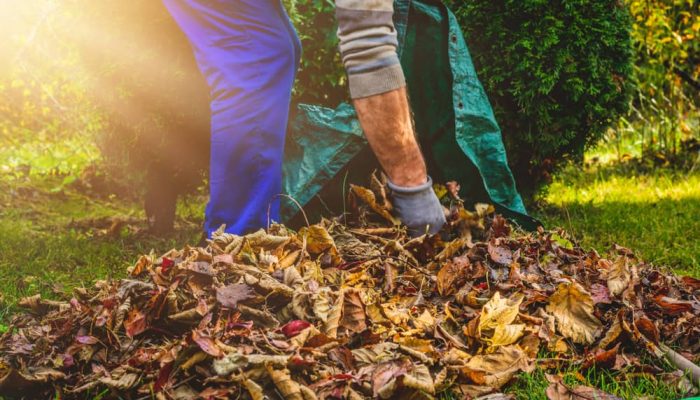
- Avoid walking over any waterlogged or frosted grass.
- Check gutters for moss and leaves, make sure to clear them out.
- Open the greenhouse doors and winders at noon during a sunny day, helping to circulate the air.
We hope you enjoyed reading about the top gardening jobs in February. If you’d like to get involved, drop us a comment below with your plans for this month!




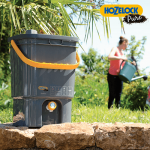


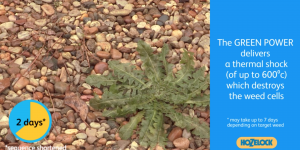








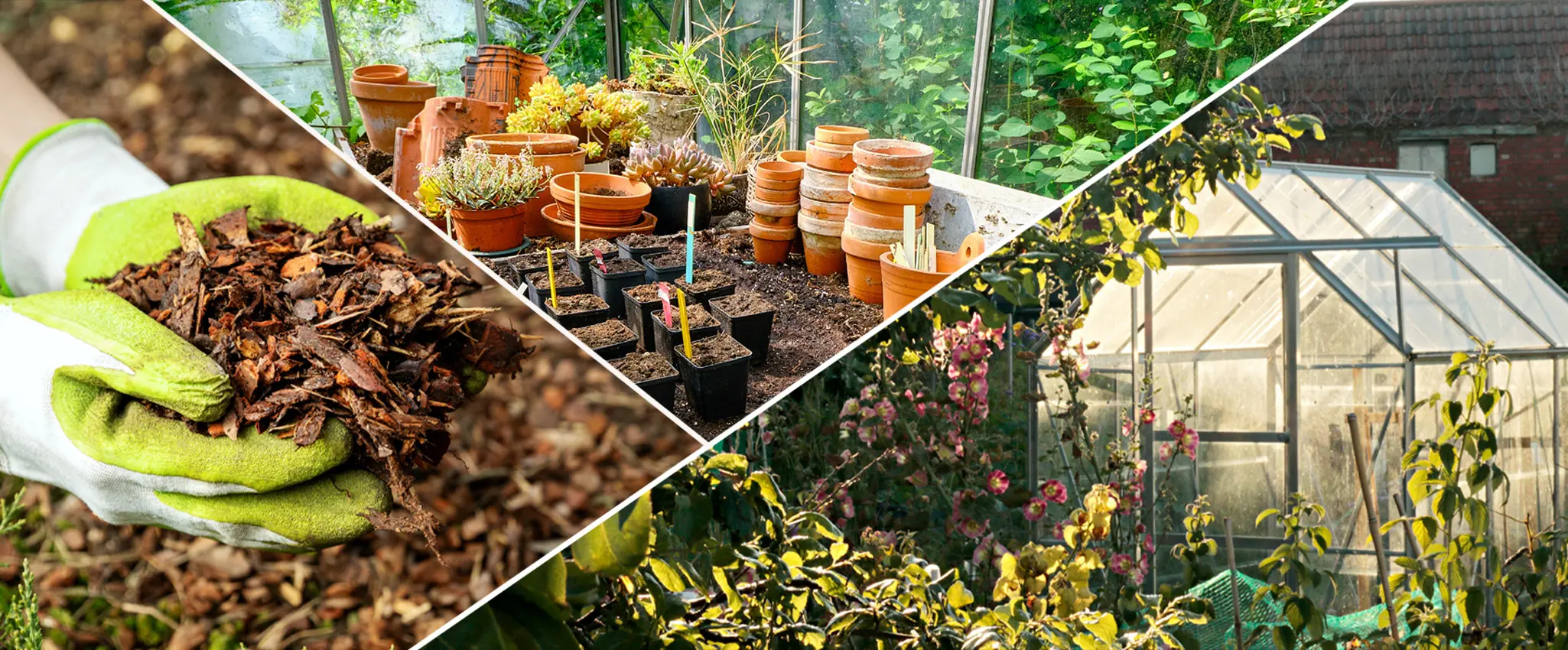
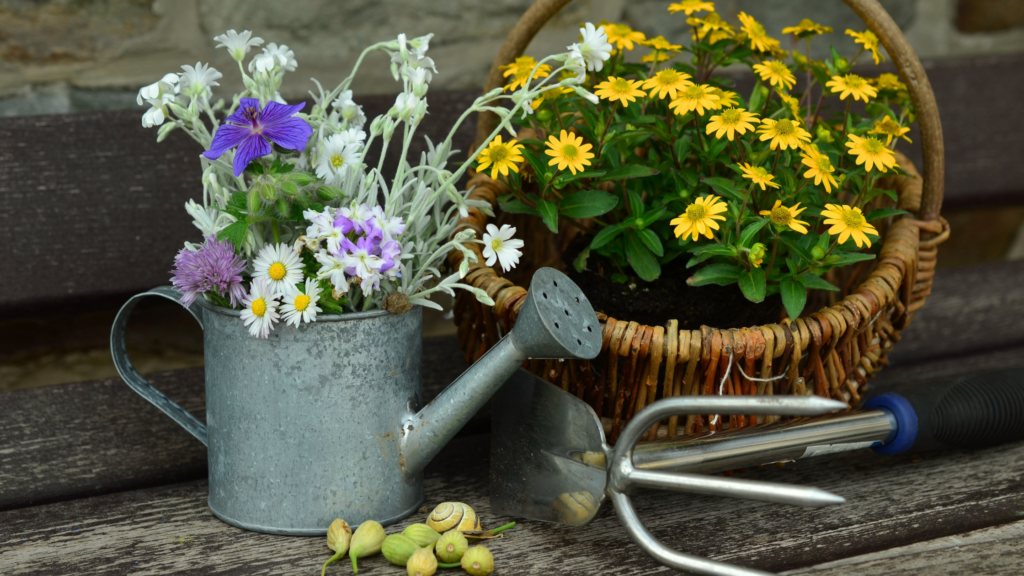
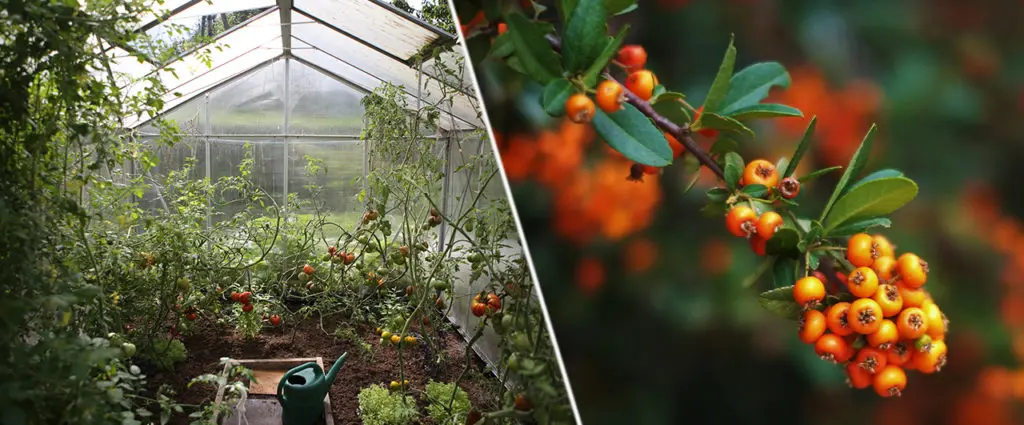
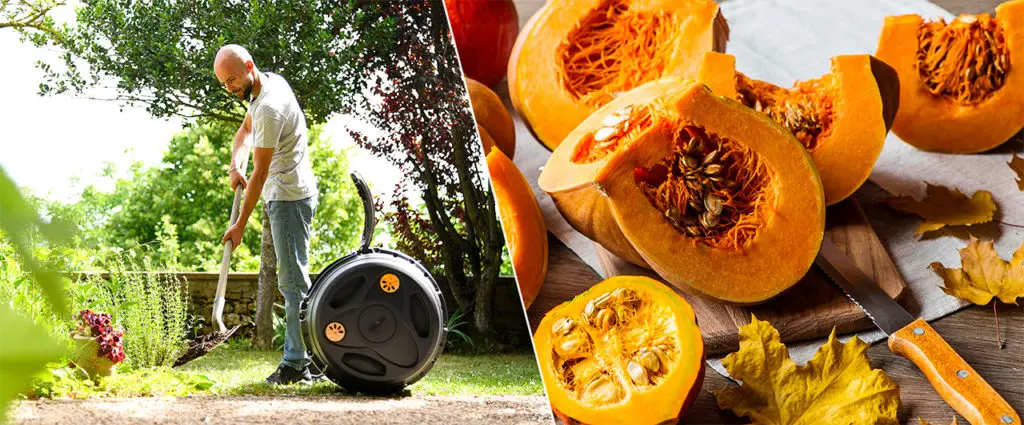
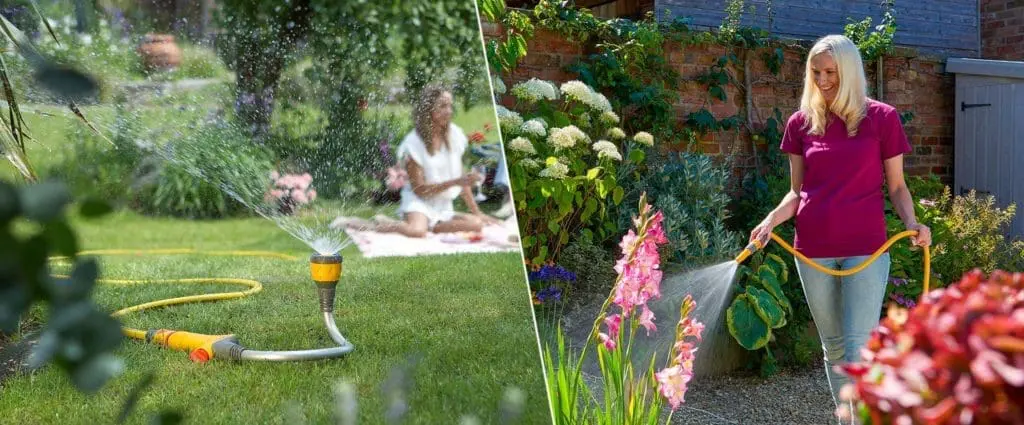
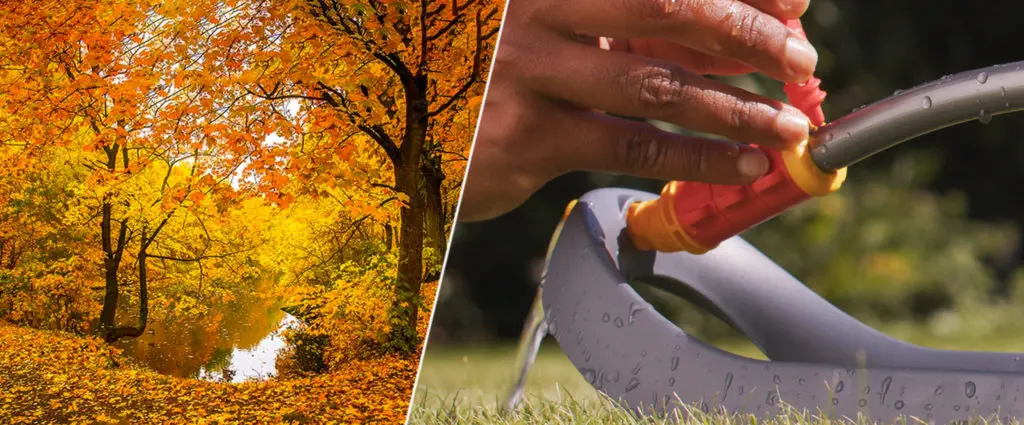
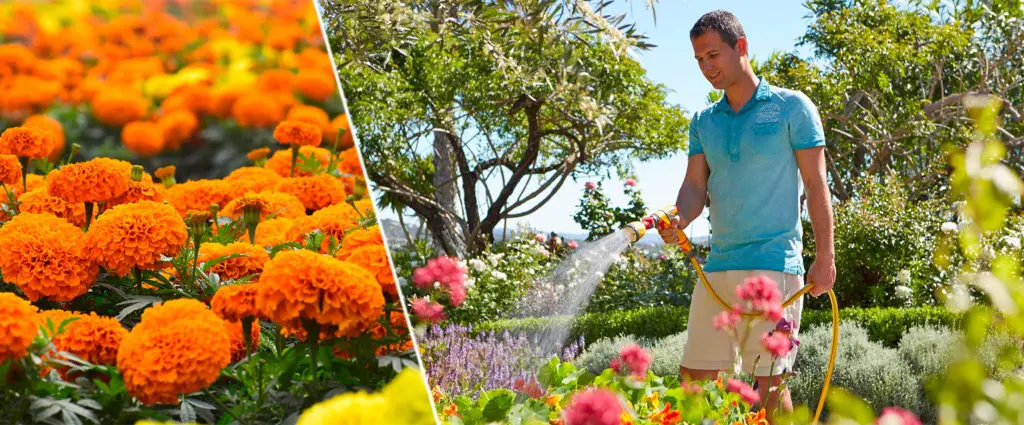

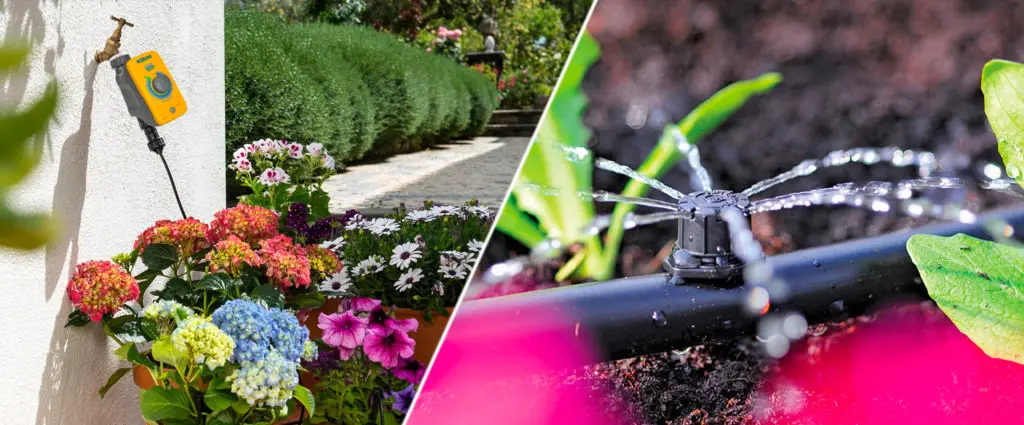
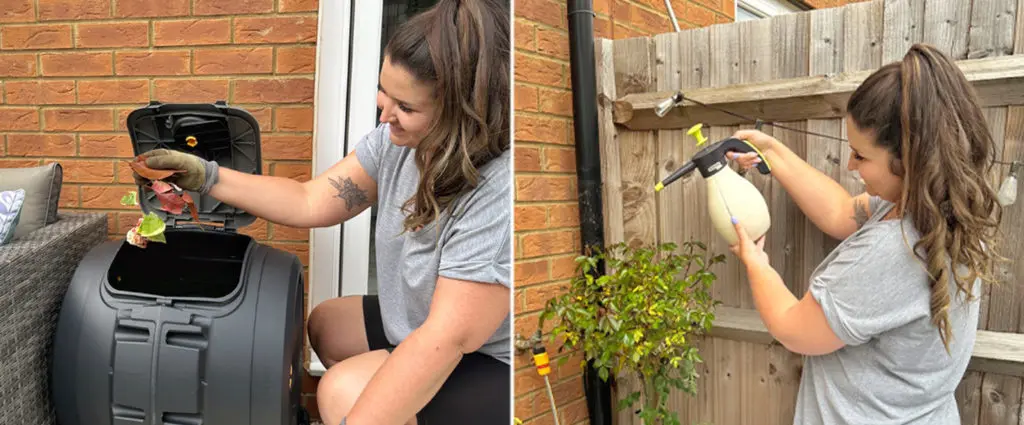
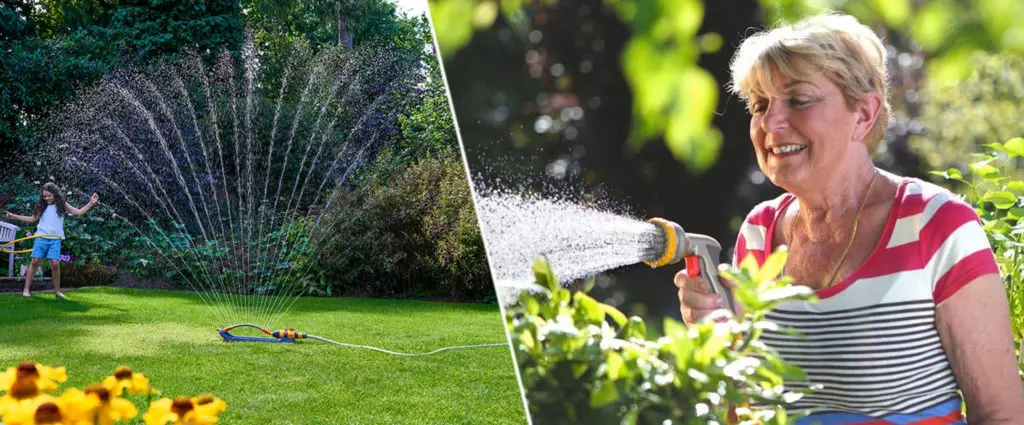
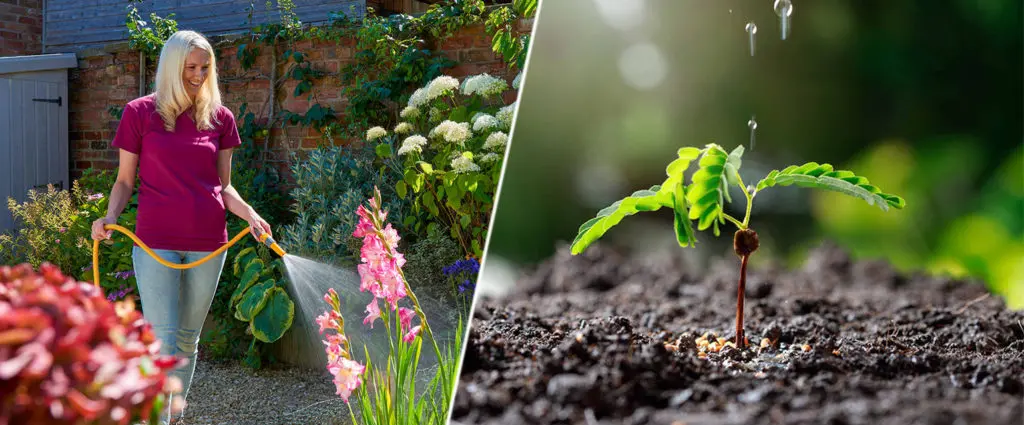


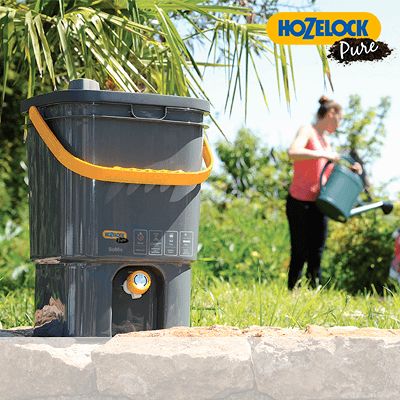
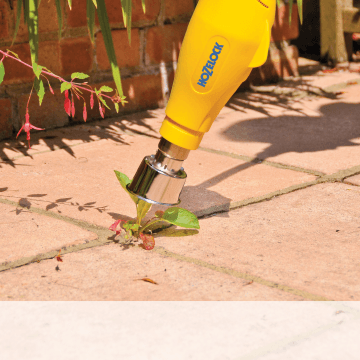


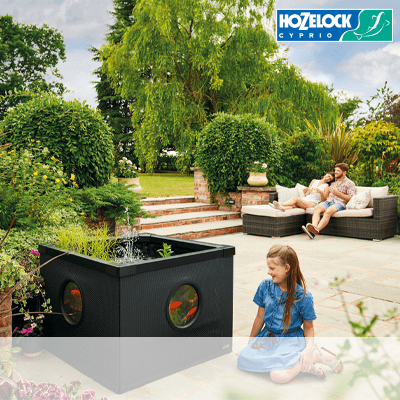
My snowdrops are all flowering beautifully now
Two big patches of snowdrops but several other areas are late this year. North Wales.